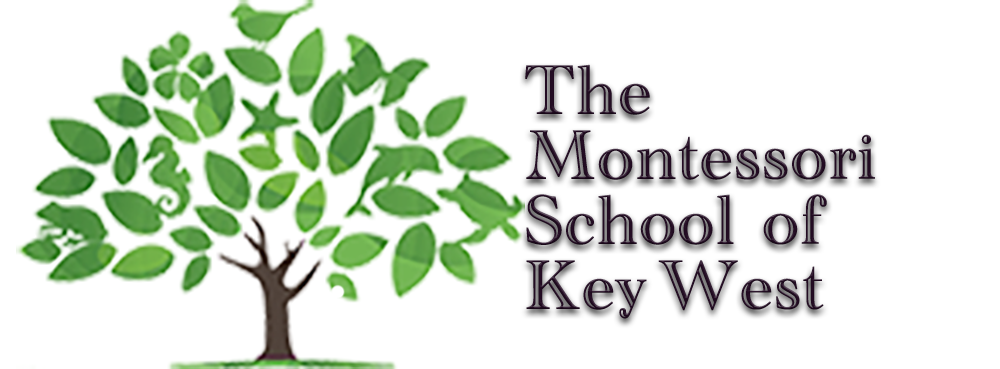John Long is the Headmaster Emeritus of The Post Oak School, in Houston, Texas. He is an old friend.
It was her second visit in a week. Mrs. Jones described her son as kind and gentle, a truly sweet child, but retiring, even cautious. “Would Post Oak admit him as a five-year-old?” We would consider it though we ordinarily admit children at three or younger, some older children do enter successfully.
Until now he has been in a preschool, a fine and friendly place, one where he has been happy. But his counting past ten is uncertain, and he has learned little about the world of letters. An educational psychologist said he needs to be pushed.
“Would you push him? He must be challenged.”
The answer is yes and no.
Yes, our teachers are trained observers who would notice areas of the classroom that he might be avoiding. They would direct him toward work he needed to do. But push him?
No, Push is the wrong word. Our teachers would invite; they would guide; they would entice.
Unfortunately, the materials that prepare a five-year-old to do such amazing work in a Montessori environment were designed with a younger child in mind. It is difficult to take an older child back to these materials so that they choose them spontaneously, willingly, joyfully. And without this work, we lose the concentration and repetition needed to master concepts that prepare for more advanced material.
We walked toward a primary room. Outside the classroom, two five-year-olds had laid out the long ten chain – the thousand chain. They had worked so much with the various mathematical apparatus that they did not need to count the beads. They simply looked at the numeral tickets and placed them at the end of each bead bar: 10, 20, 30…150, 160, 170…890, 900, 910…1000!
We looked into the classroom. Twenty-six children were busily working. The teacher and her assistant were consulting in the middle of the room, as uninterrupted work went on around them.
We saw a three-year-old working on the broad stair – an exercise in sensorial/mathematical sequencing. And we saw a four-year-old working on the tens boards – matching the numerals from one to 99 with a geometrical representation of the number.
We also watched two five-year-olds working on the 100 board – a ten-by-ten grid on which they were laying out numeral tiles up to 100. Actually, they were doing a creative arrangement of the board. Rather than setting out the tiles in standard 1, 2, 3, 4, 5…100 fashion, it was clear that they understood the pattern of the board and the correct location for each tile. So, to challenge themselves, they had laid out 1, 11, 21, 31…91 in the correct places and then 2, 12, 22, 32…92 in their correct places and were now starting in on the 3’s.
There was much more going on in the classroom that Mrs. Jones noted, though I pointed out just the math material in use, because that had been one area of concern for her son.
“This is wonderful,” she said.
“Does it seem that these children are being pushed?” I asked.
“No, so how could my son possibly make up two years of time coming in as a five-year-old?” she asked.
“It would require a high level of initiative and self-direction,” I said.
“I’m afraid we’re two years late,” she said.
Later that same day, a mother phoned. Her child is three. She wants to visit Post Oak as soon as possible. Mrs. Jones told her to call right away.
NewGate considers children at every age, but it is important to treasure the benefits of beginning a Montessori journey as young as possible. That is when their brains are developing and critical executive function skills are mastered. They learn how to learn.
We want to once again thank John Long and the Post Oak School for allowing us to republish John’s wonderful essays in Tomorrow’s Child and in our online resource collections.
Reprinted with the author’s permission in Tomorrow’s Child and in the Montessori Family Alliance website (www.montessori.org)

Recent Comments